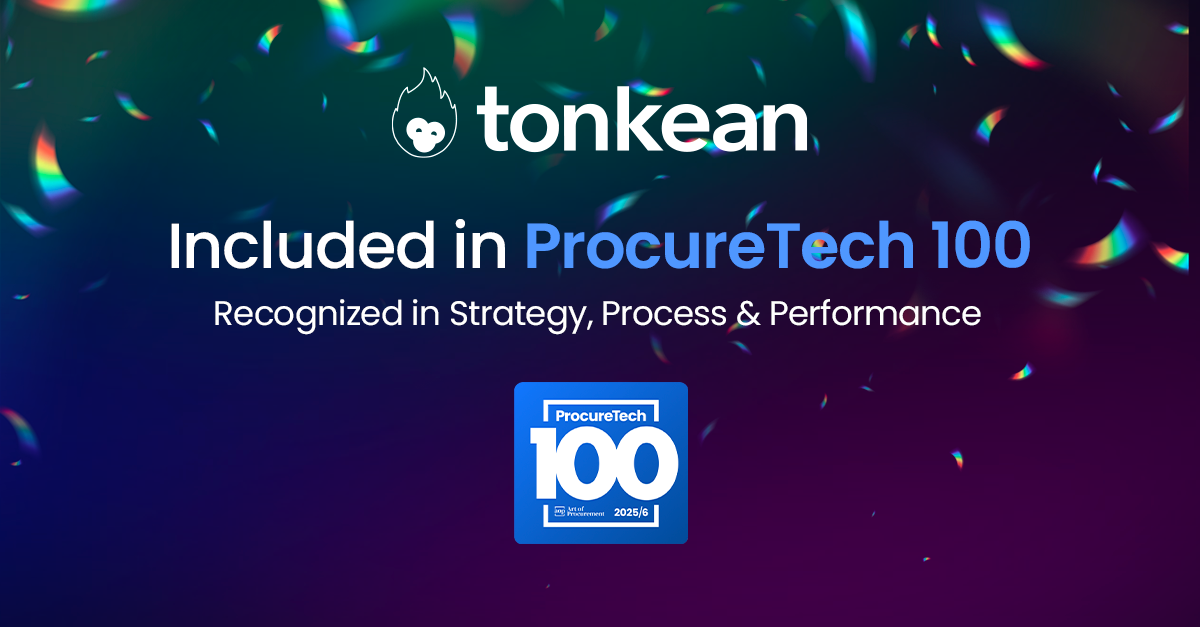
Nobody likes invoicing. It’s a highly manual process that’s typically terribly inefficient. (Three-way matching is a particular pain point.) Invoicing processes can also be risky, because invoices are all too easy to falsify.
The silver lining here: invoicing processes can greatly benefit from process automation.
But what should processes automation tools do, and how should they be used?
The automation tools that more traditionally have been made available to procurement teams tend to focus on tasks such as extracting information from PDFs. The problem is, these are often either technologically insufficient, or they work well, but require a lot of intervention from developers. It also remains somewhat onerous for employees to submit invoices correctly on the other side. At a minimum, to submit invoices to procurement the way procurement wants them to, they have to learn how to navigate a platform that pulls them outside their typical workflows.
Really, the issue with invoicing today is a holistic, wide-ranging process experience problem; there’s still too much manual effort expended on tasks that should be easy and automated.
Invoicing automation tools, then, should make it easy for employees to submit invoices, as they should empower the teams charged with processing and managing invoices with the ability to intelligently automate what aspects of their job reasonably should be automated.
For example, what if employees could create and send invoices from an application-agnostic front door? What if you could use AI to triage invoices as they come in?
Good news! You can do this right now with Tonkean’s InvoicesGPT.
Part of Tonkean’s ProcurementWorks business process automation set of products, InvoicesGPT fully automates the handling of all incoming invoices. It significantly improves the user experience, which leads to greater process adoption from requesters.
If you want to understand what making the most of AI in your organization looks like, this is a simple yet powerful example.
A key detail here is that not only does Tonkean remove the manual component of these tasks, it increases accuracy. For three-way matching, on every invoice, Tonkean comprehensively accounts for inconsistencies in presentation and provides a complete audit for every match of every purchase.
And when it can’t verify a three-way match, it will tell you why, so you can intervene and escalate it to a person who can review it. That’s how Tonkean gives you greater control and visibility over invoicing and spend management processes while eliminating risk related to fraud.
This is an example of what AI can do when it’s leveraged intelligently within your core internal processes.
It’s also an example of how to solve the more pressing problem of people not following established processes. This is a product in large part of the sorry fact that most procurement processes are simply way too complicated. According to some estimates, 50-80% of invoices come from rogue spending. This is because submitting rogue invoices is often easier than submitting invoices the right way.
But most people in an organization don’t even know what the procurement processes are, let alone how to follow them.
To solve these issues, you need to make it so that following your processes is easier for people than circumventing them.
InvoicesGPT is one excellent way to do that.
For more info, check out our ProcurementWorks product offerings. Get more insights and information about operations, no-code, and generative AI tools from our newsletter, LinkedIn, and Twitter.

